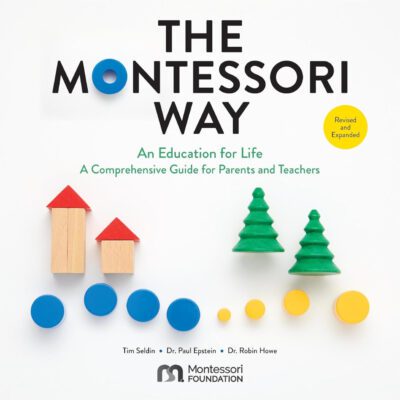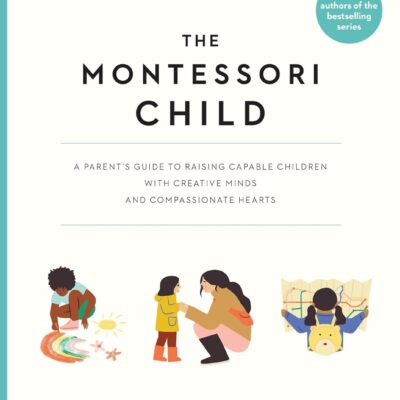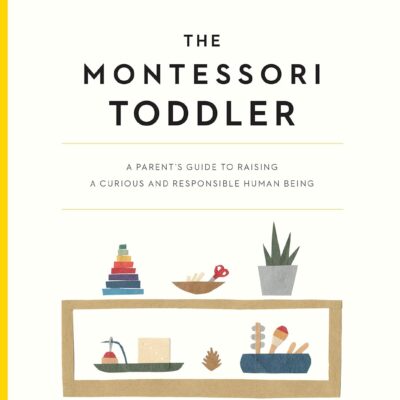
Whether your child attends a Montessori school, or you are starting to homeschool using Montessori education, one area you should consider teaching is visual arts.
Art is an often-overlooked aspect of Montessori education today. Even traditional Montessori classrooms struggle with providing art literacy.
Teaching art lessons has a ton of benefits that go beyond beautiful art. There are some other important reasons to create an art space in your home and give art lessons regularly. For example, art:
- Supports problem-solving skills
- Develops gross- and fine-motor skills
- Supports implicit memory
- Increases spatial awareness
- Helps children regulate stress
Setting up an art environment might seem overwhelming if you don’t know how to teach art.
Have you dreamed of your child creating beautiful artwork but have no idea where to get started? As a first step, I recommend deciding on a place for your Montessori homeschool art space environment.
The secret to a good art environment is creating a space for working, uninterrupted. Additionally, you will want a space that offers children the freedom to explore and express ideas. After all, if you give them a space to make art, they will create!
Before we go into my art space tips, here’s a little perspective: If you don’t have a shelf filled with books, you won’t raise readers. You won’t raise a writer if you don’t have pens, papers, or a dictionary handy. So, guess what? You won’t raise an artist when you don’t have an art space filled with art supplies!

Art Environment Features
As an art studio designer, art teacher, and homeschooler, I’ve had many opportunities to design different Montessori art spaces.
Here are the essential components I recommend for every Montessori home art environment include:
- Table – All activities should take place on a flat surface.
- Chair – Along with a sturdy table, children need a safe place to sit while working.
- Floor covering – This saves your floors from spills!
- Light source – For children to work with color, they need a good light source.
- Storage – Art storage comes in many shapes and sizes, including baskets, jars, plastic bins, shelves, or an art closet.
- Sink – The sink doesn’t need to be in the immediate art space, but it should be close and easily accessible. You might want to use a sink in a bathroom or kitchen; it’s needed to wash materials and hands.
Where should your family’s art space be?
Because an art space doesn’t need to be elaborate, you can set it up anywhere in your home. You can dedicate an entire room as an art space or choose a corner of your child’s bedroom, the family living room, the yard, the basement, or kitchen.
One of my dear homeschool-mom friends set up a simple desk for her children in her kitchen. I loved seeing what her daughter would create when I visited for tea!
My own children’s art spaces have transitioned throughout the years. They moved around to different spots in our home. Now, my daughter likes to draw and paint in her bedroom, alhough, when she was young, the kitchen table was where she liked to do art.
Before you unleash your little Picasso, be sure you and your child agree on the space where art will take place (the art environment). This is big! When I first started homeschooling, I was loose on this rule. Lots of messes spread around our home. Eventually, my children stained my nice couch with paint and markers. Soon after, I decided there was only one space where art making was allowed!
Planning a Montessori Homeschool Art Space Environment
Art space features to consider:
- Where will the art space location stay?
- Where will your child access their own art supplies?
- Where will out-of-reach art supplies be stored?
- Where will unfinished artworks be kept?
- Where will artworks dry?
- Which space will display current creations (home gallery)
- Which sink will you allow your child to use to wash out paint, palettes, messy glue, and hands?

Designing an Art Space for Independence
You can support your child’s independence in the way the art space is prepared ahead of time. When planning this space, be sure it aligns with their level of fine-motor abilities.
Arrange and prepare art materials that are easy for your child to reach but not for any toddler siblings to reach.
Create a space with freedom of movement in mind. For children to become independent, there must be plenty of space to create freely.
Plan to demonstrate how the materials should be set up and put away.
Also, plan to show your child how the mediums work and how to use them respectfully.
I know when I have prepared an art space for independence, children can flow in and out of creative moments without me having to facilitate each activity.
For example, if I create a space for children to watercolor, I store materials in a handy way for them to gather, set up, and create. Eventually, they learn to set up and clean up without my assistance. Yes, I’m around for questions and new technique demonstrations, but my students feel like the space is an open, creative studio for creation when everything is initially set up for independence.
Art Materials and Supply Storage
Storage can get tricky, especially if your whole family is sharing a living space/workspace. Be sure you create a system to store art supplies children cannot access. Many art supplies can stain and be hazardous to younger siblings. It’s easy for little ones to grab paints and take them somewhere you don’t want stains. You can store smaller plastic bins in cabinets or larger bins in a garage.
Check out this free video on how to store art supplies. I give you my professional advice on my own storage system: bit.ly/3R6P8yC
I hope I have provided helpful tips and the information you need to set up your child’s athome art room space. •
————————————————————————————-

Spramani Elaun is an author and art curriculum developer from San Diego, California. She is a homeschooling mom and an art teacher with a science/art methodology. Her success is led by twenty years of observations and real-life practice of how children cognitively and sensorially process art. She is the founder of Nature of Art, an art school and art supply company, and the Art Teaching Blueprint Montessori Certification Training Program. Spramani holds degrees in graphic design, digital media design, visual communications, print media, and fine art. Learn more about homeschooling Montessori Art by reading her blogs, books and curriculum at Montessori-Art.com.







